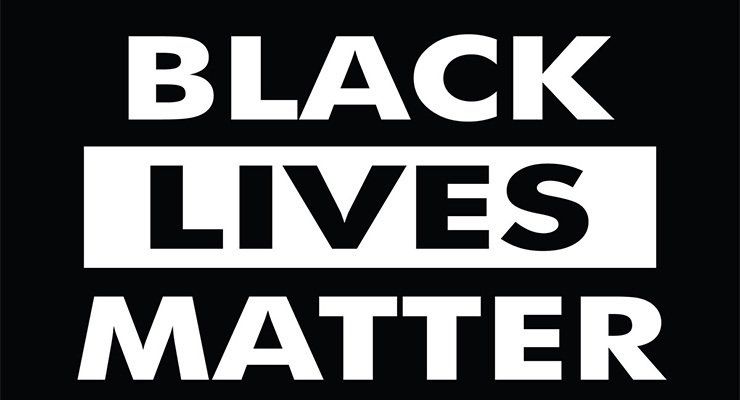Sensitivity Training in Canada
A free article by Stephen Hammond
A FREE Article byStephen Hammond
Whenever I hear someone say they want me to deliver
sensitivity training in Canada, beads and incense come to mind.
However, I know what people are looking for. Employers are looking for their employees and managers to be more sensitive to the words they use and the behaviours they exhibit at work.
In particular, employers are looking to educate their employees (at all levels) about issues related to harassment, sexual harassment, bullying, discrimination, and racism, just to name a few.
It wasn’t that long ago when employees could get away with saying the most outrageous things. Today, some employees will still say outrageous things, but many times it can lead to negative consequences. If the bad behaviour continues unchecked, people will quit their job if they have the ability to do so.

Three things in particular have changed behaviours at many workplaces.
The FIRST is the ease with which an employee, customer or any observer can post inappropriate behaviour online.
For example, in April 2018 someone took a very short video of Rashon Nelson & Donte Robinson being escorted by the police in handcuffs from a Philadelphia Starbucks yet they did absolutely nothing wrong. They were business students, waiting for a third person to discuss a proposal and when they were refused use of the washroom because they hadn’t ordered yet, the manager, within 2 minutes, called the police. Clearly their crime was being Black.
I figure that arrest, caught on video, cost Starbucks 10s of millions of dollars. To avoid a further hit to their reputation, they hired the former Attorney General of the United States, Eric Holder, to help with their public relations. (Go ahead, try to figure out how much Mr. Holder makes an hour because I’m not sure I can count that high.)
They closed every store in the United States and Canada for half a day, where more than 200,000 employees were educated about racism and they changed their policy so that now, anyone can use their washrooms.
That reaction from Starbucks was the result of virtually every person carrying around an electronic device which makes them a reporter.
Hence, if people are insensitive in the way they speak or act, they and their workplace may have to go into damage control, costing lots of money. Whether we like this “intrusion” into our lives or not, this is our reality and it’s forcing some people to be more “sensitive” for fear of being caught. Mind you, if that’s what it takes to stop outrageous examples of racism, so be it.

The
second change is a specific one: the explosion of the #MeToo movement.
New York Times reporters Jodi Kanter and Meghan Twohey won a 2018 Pulitzer Prize for their detailed investigative reporting into the sexual predatory behaviour of former Hollywood mogul, Harvey Weinstein.
Kanter’s and Twohey’s work led authorities to track down more witnesses, leading to Weinstein serving a 23-year prison sentence. Little did they know their work would let the #MeToo movement explode, allowing women all over the world to tell their stories of inappropriate sexual harassment and sexual violence.

The
third change occurred immediately after the death of George Floyd.
Every caring person knows racism exists throughout the world. Racism exists in Canada, the United States and everywhere else. It’s just that witnessing George Floyd being pinned down, with a police officer’s knee on his neck for 8 minutes and 46 seconds, brought to light how flagrant racism can be.
And even though the police officer knew he was being recorded, it didn’t deter him from taking the action that led to Floyd’s death. The entitlement was more than most people could stomach. Hence, protests erupted, not only in the United States, but all over the world.
I’ve been delivering training to people throughout Canada regarding harassment, bullying, sexual harassment, racism and many other inappropriate behaviours. I’ve written three books, all of them covering some aspect of racism and our need to become better educated.
However, when I watched the recording of Floyd’s treatment, it brought my understanding of racism to an even higher level. I think it was the arrogance of the officers, thinking they could get away with this brutality, because Floyd was a Black man. That hit me in the face.

Speak up to bad behaviour.
Don’t wait for workplace training to address individuals who exhibit racist, sexist, or homophobic behavours, or in fact any other behaviours that constitute discrimination. This includes straight-up bullying regardless of whether there’s a discriminatory element to it.
By law and by policy, any supervisor or manager who observes inappropriate behaviour can’t let it go. Also, if a supervisor hears about inappropriate behaviour, without witnessing it, that has to be followed up immediately. If it turns out there’s nothing to it, or there was a misunderstanding, that’s fine. But until you know that, you’ve got to find out if there’s some bad behaviour that needs to be corrected. And if one person or a couple people are causing the problems, don’t “punish” the rest of the workforce with unnecessary training unless there’s a need for everyone to get the same message.
If there are questions about how to handle inappropriate behaviour, you can always check out my latest book, The New Norm: A manager’s guide to improving workplace behaviour…and keeping out of legal hot water. In fact, you might want to check out Chapter 16: The New Norm isn’t crude. Or if you wonder what can happen when you post something online – even when away from work – read Chapter 19: The New Norm knows misuse of social media even outside or work is risky.
Educate people about expectations.
To make sure every employee knows your policies and your expectations, institute some kind of training. It can be in-person or online, but everyone must know what is expected of them to avoid discrimination, harassment and bullying.
The training doesn’t have to be long, nor does it have to be boring. To capture people’s attention, use cases and examples that hit home: something relevant that is more than just reading out your policy.
You may want to be pro-active with workplace training/education and that’s a great thing – trying to fend off bad behaviour. Or you may be reacting to something that has happened at work.
You can check out my new online course:
The Respectful Workplace in Canada. Or you can get
in-person training
for a wide variety of workplace behaviours. Of course, you can deliver the training yourself. Just ensure you have a consistent message of appropriate workplace behaviour, free of harassment, sexual harassment, bullying & discrimination.
Be real.
Everyone has stereotypes and prejudices. As a result, every one of us has to own up to the fact that we will make decisions through our own imperfect lenses. If someone says “I don’t have a prejudiced bone in my body” that person is lying to others and themselves. We all do.
However, we can do better by acknowledging we have biases and then find ways to overcome those biases. In your workplace, find the way to deal with reality and to address the problems which exist. It could be wag gaps between men and women, or persons of colour vs. white people. It could be language that needs to be changed, even if no one has complained about it.
Respectful Workplace Online Training Course
Some other articles I’ve written that you might find helpful
Stephen Hammond’s expertise is in improving workplace behaviours. He’s a lawyer by trade and works as a professional speaker delivering online and in person training and keynotes speeches, predominantly for workplace leaders, regarding harassment, bullying, discrimination and the changing face of Canada. Find more information at StephenHammond.ca.

